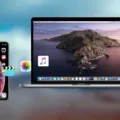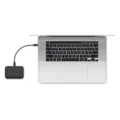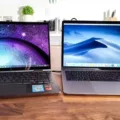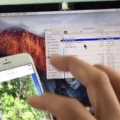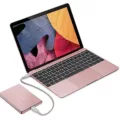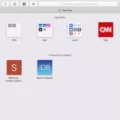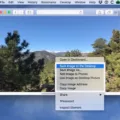Are you having trouble transferring files from your Mac to an external drive? It’s a common problem, but thankfully there are a few easy steps you can take to fix it.
First things first, you’ll want to check the permissions settings of the disk, server, or folder were you want to move the item. On your Mac, select the item, then choose File > Get Info or press Command-I. This will bring up a window that displays the current permissions settings. If necessary, you can change them to allow for file transfers.
Next, make sure that your external drive is properly formatted and compatible with your Mac’s operating system. Most external drives are formatted as either NTFS (Windows) or HFS+ (Mac). If it’s not compatible with your Mac, then you won’t be able to copy and paste files onto it.
Once your external drive is properly formatted and compatible with your Mac’s OS, open the drive and locate the internal disk or folder where you saved essential files for copying or transferring. Drag the files from this location and drop them into the external drive; this should initiate the file transfer process.
If you still can’t copy files to your external drive aftr following these steps, then it may be time to reset your clipboard. Sometimes error messages such as “pboard quit unexpectedly” will appear if something has gone wrong with clipboard functionality on your Mac; restarting pboard should fix this issue in most cases.
We hope that these tips help you get back on track with transferring files betwen your Mac and an external drive!
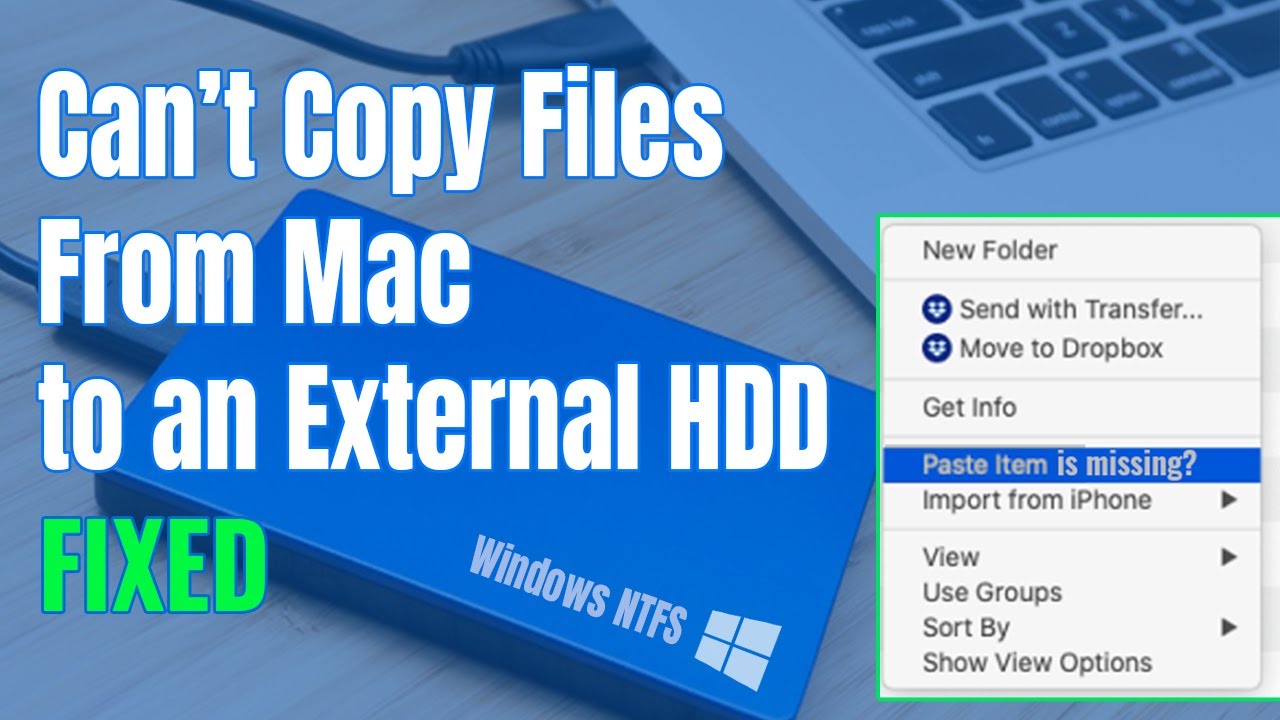
Troubleshooting Issues with Copying Files to External Hard Drive on Mac
It is likely that you don’t have the neessary permissions to copy files to your external hard drive on Mac. To check this, select the file or folder you want to copy, then select File > Get Info or press Command-I. In the Get Info window, check if you have the necessary permissions in the Sharing & Permissions section at the bottom of the window. If not, you may need to change your permissions settings for the disk, server, or folder where you want to move the item. You can also try restarting your Mac and/or external hard drive.
Copying and Pasting Files from Mac to External Hard Drive
To copy and paste files from your Mac to an external hard drive, first connect the external hard drive to your Mac. Then open the external hard drive and navigate to the internal disk or folder where you saved the essential files that you want to copy or transfer. Select the files and folders that you want to copy, right click on them and select “Copy” from the menu. Then navigate back to your external hard drive, right click in a blank space within it and select “Paste” from the menu. The selected files should now apear in the external hard drive.
Troubleshooting Issues with Copying Files to an External Hard Drive
It’s possible that there is a problem with the external hard drive that is preventing you from copying files. This could be due to a few different reasons, such as the drive being improperly formatted, incompatibility issues between the drive and your computer, or an issue with the drive’s software aspect. In order to fix this issue, you’ll need to reformat the drive to NTFS and make sure all of your computer’s drivers are up-to-date. If that doesn’t solve the problem, you may need to replace your external hard drive or contact technical support for further assistance.
Troubleshooting Copying and Pasting Issues on Mac
If copying and pasting is not working on your Mac, it could be due to an issue with the clipboard. The clipboard is a temporary storage area for text or images that have been cut or copied from one document or application and need to be pasted elsewhere. If the clipboard has stopped functioning, you may encounter error messages such as “pboard quit unexpectedly.” To get it working again, you will need to reset the clipboard by restarting pboard. To do this, open Activity Monitor (located in Applications/Utilities), select pboard from the list of processes, and click Quit > Force Quit. Once this is done, try copying and pasting agin to see if it works.
Making an External Hard Drive Compatible with a Mac
In order to make your external hard drive compatible with your Mac, you will need to format the drive. To do this, start by connecting the external hard drive to your Mac. Then, open the Disk Utility application and select the external hard drive from the list of available drives. Next, click “Erase” and enter a descriptive name for your external hard drive. Leave the default settings as OS X Extended format and GUID partition map. Finally, click “Erase” agan to confirm and start formatting the drive. This process will make your external hard drive compatible with your Mac so that you can use it to store files and other data.
Manually Copying and Pasting on a Mac
To manually copy and paste on your Mac, begin by selecting the content you wish to copy. You can select text, images, or other media with ether your mouse or trackpad. After you have done this, press Command-C or select Edit > Copy from the top menu bar. The content is now stored in your clipboard and ready to be pasted.
To paste the content, position the cursor where you want it and press Command-V or select Edit > Paste from the menu bar. Your copied content should now appear in its new location. Keep in mind that any copied content will only stay available for a short time before it is cleared from the clipboard.
Unable to Copy File to USB
It may be becuse the file you are trying to copy is larger than 4GB, and your USB device is formatted with FAT32 as the default file system. FAT32 has a maximum single file size limit of 4GB, so any files larger than this will not be able to be copied. To make sure you can copy large files to your USB, you can format it by switching the existing file system to exFAT which is capable of storing files over 4GB.
Transferring Files to External Storage
Transferring files to an external storage device is easy and can be done in a few steps. First, plug your external storage device into your computer with the USB cable provided. Once connected, you will be able to view the drive on your computer. Next, select the files and folders you would like to transfer. You can do this by highlighting them and selecting show more options > Send to. Select your external storage device name from the list of options and your files and folders will begin copying to your drive.
Troubleshooting Copy Paste Issues
If your Copy and Paste feature is not working, it coud be a sign of a larger issue with your computer. It’s important to troubleshoot the problem to determine the cause of the issue. Common causes of Copy and Paste not working include outdated software, corrupted system files, or problems with certain applications. Additionally, hardware issues like faulty RAM or a malfunctioning hard drive can prevent Copy and Paste from functioning properly. To troubleshoot this issue, you can try restarting your computer, updating your software, running a system scan for errors, uninstalling any recently installed programs, and checking your system settings. If none of these solutions work, you may need to consult an IT specialist for further assistance.
Conclusion
In conclusion, external hard drives are essential for Mac users who need to back up their data or transfer large files between computers. They offer good storage capacity, portability, and flexibility when it comes to expanding your storage space. However, it is important to remember to properly format the drive before using it and be aware of any potential errors that can occur with copy and paste. With the right precautions in place, you can enjoy the benefits of an external hard drive on your Mac with ease.

